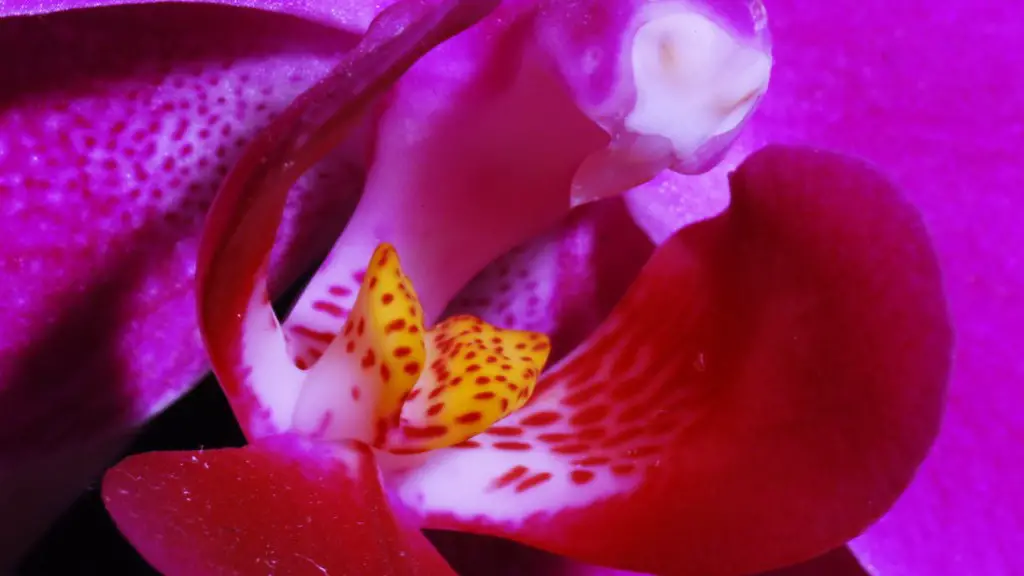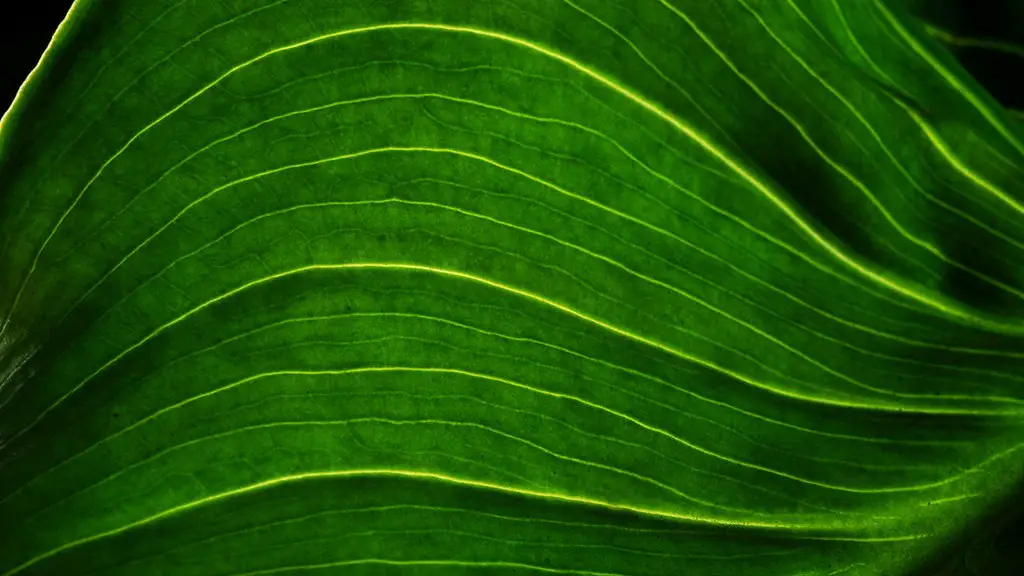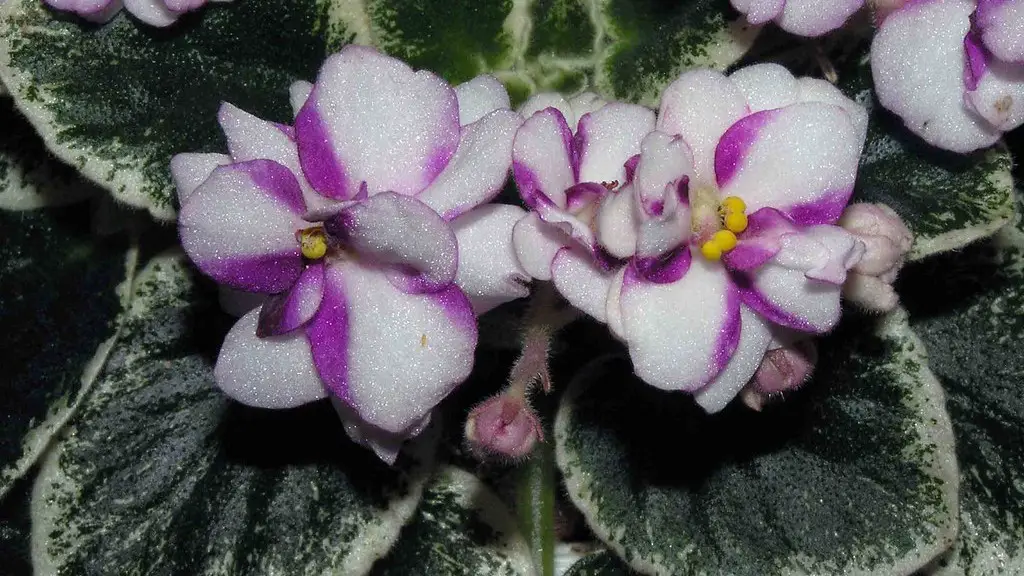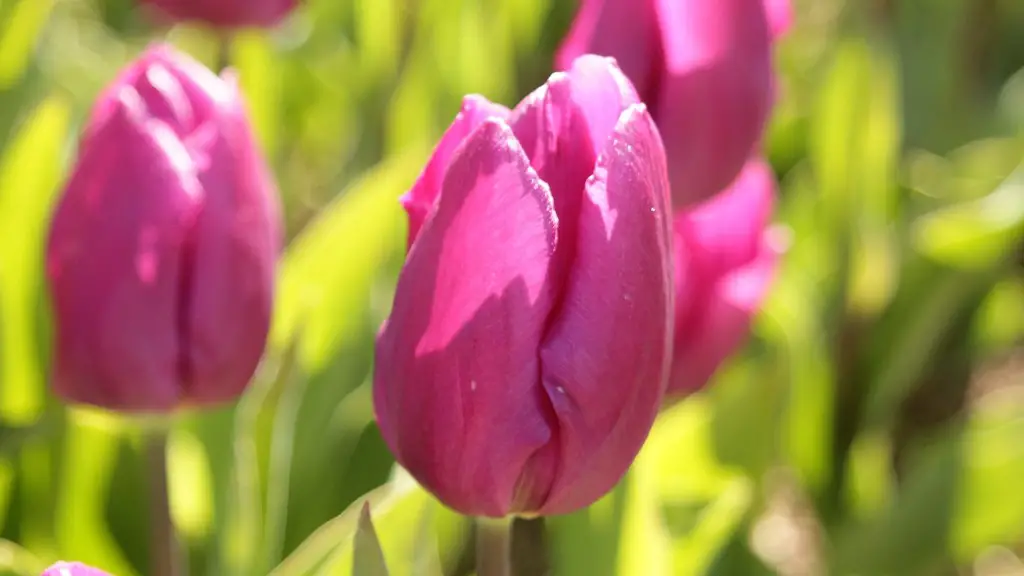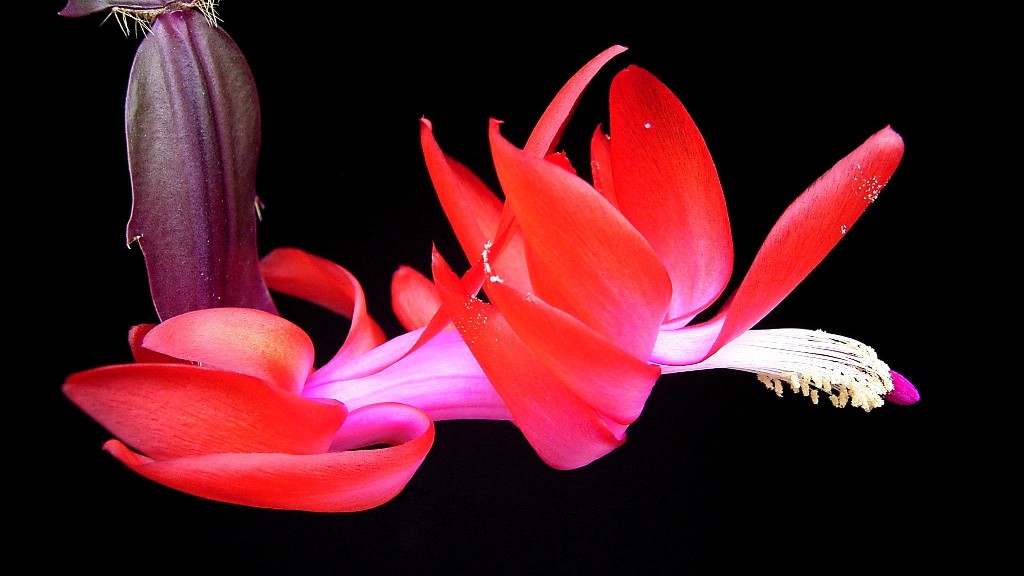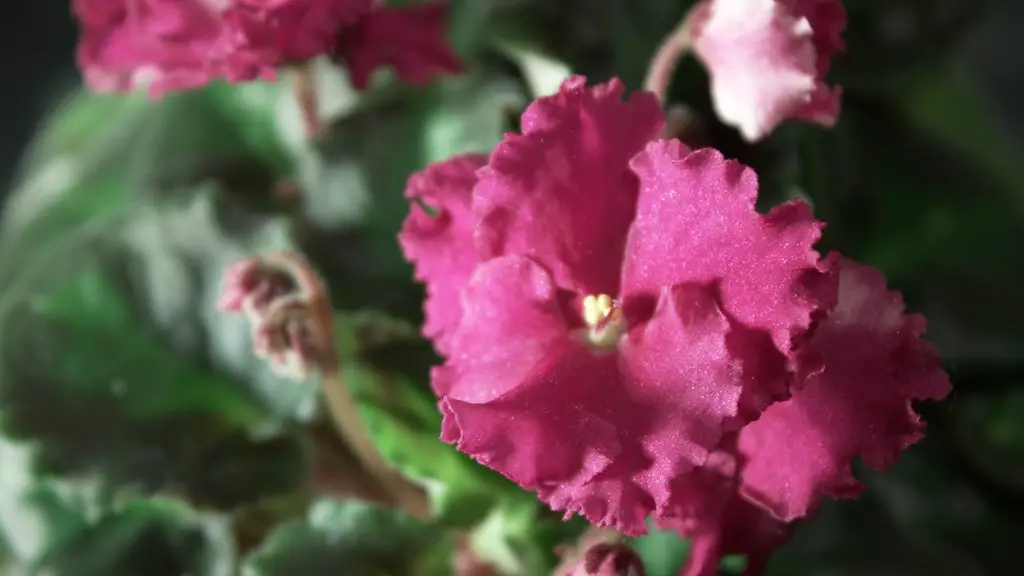Phalaenopsis orchids are some of the most popular houseplants because they are so easy to grow. In this article, we will show you how to plant phalaenopsis orchids so that they will thrive in your home.
There are a couple different ways that you can plant a phalaenopsis orchid. You can either pot the orchid in sphagnum moss, or you can pot the orchid in a potting mix that is made specifically for orchids. If you pot the orchid in sphagnum moss, you will need to water the orchid more frequently than if you pot the orchid in a potting mix.
What is the best potting mix for Phalaenopsis orchid?
The botanists at Texas A&M University say that Phalaenopsis orchids grow best in a potting mix that is 80% fir bark and 20% coarse sphagnum peat. They recommend using this mix for best results.
Phalaenopsis are a type of orchid that is native to tropical regions. They are epiphytes, which means they grow on other plants or objects, and don’t need soil to survive. Phalaenopsis are often found in the crooks of trees or growing on rocks. These beautiful flowers come in a variety of colors, including white, pink, purple, and yellow.
How do you plant potted orchids
Orchids need good light but not direct sunlight, which could scorch them. These orchids also have aerial roots, which absorb moisture and nutrients from the air. Be sure to keep the roots moist but not wet, and fertilize them every few weeks.
Phalaenopsis can be vegetatively propagated by cutting the flowering stem above a stem internode. The dormant growth ‘eye’ is covered with a triangular sheath. Cut, with a hot knife or shears, through the flower stem after the last flower has fallen. Then move the plant to a dimmer area.
Can an orchid go in regular potting soil?
If you want to pot your orchid in soil, you need to use a special type of soil that is light and airy. This type of soil will allow the roots to breathe and will support the plant’s delicate root system. You can find this type of soil at most garden centers or online.
Orchids prefer shallower squat pots because their roots don’t like all the moisture retained in deep pots. They just don’t need the depth anyway as their roots spread out, not down.
How often should I water my Phalaenopsis orchid?
Your phal orchid will need more or less water depending on how it is potted and the climate it is in. Generally, if your phal is potted in bark, it will only need to be watered once a week. If your phal is potted in moss, it will need to be watered more frequently, as the moss will dry out more quickly. The amount of light and heat your phal receives will also affect how often it needs to be watered. In summer months, your phal will need to be watered more often than in winter.
If you wait too long to repot your orchid, the roots will rot and the plant will be vulnerable to fungal diseases. You’ll know it’s time to repot when the roots appear brown and feel soft to the touch.
How many years do Phalaenopsis orchids live
To ensure a long life for your Phalaenopsis orchid, follow these simple tips:
-Provide bright, indirect light. Too much direct sun will scorch the leaves, while too little light will cause the plant to become leggy and produce fewer flowers.
-Water regularly, allowing the potting mix to dry out slightly between watering. Over-watering is the most common mistake made with Phalaenopsis orchids.
-Fertilize monthly during the growing season (March-September) using a balanced fertilizer designed for orchids.
-Repot every 2-3 years, using a potting mix designed for orchids.
By following these tips, you can enjoy the beauty of Phalaenopsis orchids for many years to come!
Pots for growing orchids must have drainage holes or slits in the container to ensure your plant doesn’t get soggy, wet feet,” says Turner.
Do orchids need bigger pots as they grow?
Keeping an orchid in a pot that is too small will stunt its growth. The roots will become crowded and the plant will not be able to take in enough water and nutrients. On the other hand, if the pot is too large, the orchid will become rootbound and the roots will start to rot. It is important to choose a pot that is only 1-2 inches wider than the root ball of the orchid.
Orchids like to be snug in their pot and the ratio of roots to potting mix should be about equal. If an orchid is put into a pot that is too big for it, then there are not enough roots to take up the moisture that is being held by the potting mix and the mix stays wet too long.
What soil can you use for orchids
Growing media for orchids is very important in order to provide the necessary drainage and air circulation that the plant needs. Depending on the type of orchid, they can be happy growing in peat moss, fir bark, dried fern roots, sphagnum moss, rock wool, perlite, cork nuggets, stones, coconut fiber, lava rock or a blend that combines several of these materials. It is important to make sure that the growing media is not too dense or too wet, as this can lead to problems with the plant’s roots.
For healthy, green spikes: Find a node under the lowest flower bloom and trim 1 inch above that node, or bump, on the orchid spike. For unhealthy, brown spikes: Cut all the way back to the base of the plant. For double-spike orchids: Cut one spike at the base of the plant.
Can you regrow an orchid from a stem?
Orchids are among the easy-to-grow houseplants. They will grow new stems, fortunately. You can propagate new Phalaenopsis or Vanda orchids from stem cuttings. Or you can divide a cattleya’s rhizomes. You can also expect a flower spike to grow back after cutting it down when its blooms die.
Orchids are beautiful flowers that can add a touch of elegance to any home or garden. However, they can be finicky plants to care for. One important aspect of proper orchid care is repotting.
Orchids usually come potted in bark or sphagnum moss. To repot orchids in your own container, carefully tease their roots free. Then fill the new orchid pot halfway with Miracle-Gro® Orchid Potting Mix Coarse Blend, which is specially formulated to provide just the right aeration and drainage.
What is the best potting mix for repotting orchids
Orchid bark, perlite and charcoal are the most commonly used potting media for orchids. Sphagnum moss can also be used effectively for small orchids or those in poor condition. However, using sphagnum moss requires product knowledge to ensure its successful use.
Plastic pots are an excellent choice for Phalaenopsis orchids because they are cheap, light, and offer good water retention. Clay pots are also a good option, but they can be more expensive and heavier.
Warp Up
1. Determine whether your orchid is terrestrial or epiphytic. Most phalaenopsis orchids are epiphytic, meaning they grow on other plants or trees. Terrestrial orchids grow in the ground.
2. Fill a pot with an orchid potting mix. This can be found at most garden stores.
3. Place your orchid in the pot. If it is an epiphytic orchid, you may want to attach it to a piece of bark or cork with fishing line or wire.
4. Water your orchid regularly, making sure to never let the potting mix dry out completely.
If you follow these simple tips, you will be rewarded with beautiful blooms on your Phalaenopsis orchid. Be sure to water your orchid regularly, provide it with bright indirect light, and fertilize it every other week. With a little love and care, your Phalaenopsis orchid will thrive and provide you with gorgeous flowers for years to come.
